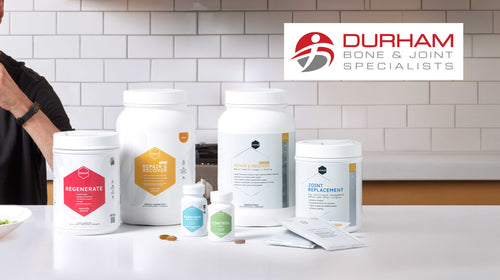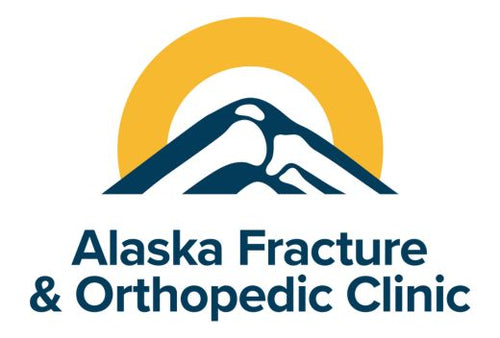An Ironman triathlon was never on the radar for Ellen Towles.
That’s not to say the Culver City, Calif., physical therapist wasn’t up for the challenge. As a type A personality, she’s been disciplined in all areas of her life, including her physical fitness routine as a long-distance runner.
“Endurance athletes are all a bit of a type A bunch, and none of us are real lazy,” she said. “When I set a goal, I stay so directed. I wouldn’t even think about missing a workout. I’d have to be dead or in the hospital,” she said.
That’s why when Towles – who turned 54 in October – was sidelined by injuries to her knee and foot, she was devastated.
A marathon runner is born
Towles’ passion for long-distance running was born in a surprising way. She decided to give it a go after hearing the trials and triumphs of runners who participated in the Los Angeles marathon during a year of torrential rains. Those who crossed the finish line were a bedraggled bunch drenched in a mix of rain and sweat with sopping shoes that no longer provided much by way of support, but they carried such a sense of accomplishment that Towles was inspired.
“Hearing the stories of these people getting through with such adversity, something in my brain clicked,” she said. “I was athletic all my life, but this was at a whole other level.”
She began to train in earnest, and eventually ran three marathons, but at some point she realized that something had gone wrong, a problem with her knee and foot that revealed itself through unrelenting pain.
After her injury, she realized she had to make some changes to her routine, and that’s when the idea of trying a triathlon – a mix of running, biking and swimming that would alleviate some of the pressure of long runs – came to mind.
From runner to triathlete
“Training for a triathlon is much different than training for a marathon,” she said.
Rather than exclusively running, the bulk of training is spent on the bike, where injuries are less likely to occur or be exacerbated, since cycling and running work different muscles, even as they create a symbiotic relationship between muscle groups.
“I’m sprinkling in running and swimming around the bike, and trying not to run for two consecutive days to prevent problems,” Towles added.
She also started learning more about the role proper nutrition could play in her recovery, so she boned up a bit, did some online research and discovered MEND, a mix of vitamins, proteins and amino acids including leucine, which contains HMB, a compound that helps prevent the breakdown of muscle protein, eases pain and ramps up the speed at which muscles heal.
For Towles, the difference was palatable.
Nutrition, supplements elevate recovery
“I realized that nutrition was a huge part of recovery,” she said. Previously, she had only eaten enough protein and carbs to ensure she wouldn’t bonk on mile 18 of a 26.2 mile marathon.
And while she’d heard other endurance athletes talking about nutrition, she’d listened to but hadn’t really absorbed the advice, because her routine was working well for her, and she hadn’t experienced any problems.
Too, the inpatient physical therapist at UCLA Medical Center had always focused on the physical, in part because of her background in the intricacies of muscles and tissues and the body’s complex structure.
She just hadn’t made the whole connection between the recovery of her muscles and tissues and how the nutrition she provided for the task, despite Hippocrates having said at the beginning of modern medicine – “Let food be thy medicine and let medicine be thy food.”
“You don’t think about it until after you’re hurt,” said Towles, who had come to rely on the pain as a constant companion, especially when she returned home after a run, and her knee stiffness revealed itself with a vengeance as she got out of the car.
Now, she found herself exploring how each ingredient in MEND and each morsel of food she ate could change her recovery rate, and make her stronger.
“The body starts getting more fragile, and you have to play a lot more attention to maintenance. It does not take much to get out of synch,” she said. “You can recover if you’re diligent and you look at all the components carefully.”
After revamping her diet to include more anti-inflammatory foods while supplementing with MEND, Towles’ pain is gone, and she’s still pretty amazed about it.
“I still have this mindset of this anticipatory pain, and it’s just not there anymore. And that’s so great. Training without pain is heaven.”
Living pain free elevates training techniques
Living and training free from soreness has allowed her to increase her stretching regimen, which has lengthened her running stride and improved her form.
She has to make sure she eats right, gets enough sleep and doesn’t overdo her training sessions, even as she uses her physical therapist mindset to ensure that every muscle in her body is toned and working in tandem with the others, like a well-oiled machine.
“The body is a chain, and if just one part of the chain is not working, you definitely feel it. But it feels like I’m kind of floating now,” she said. “And this is the state I want to continue in.”
When she races in May – the Ironman includes a 2.4 mile swim, a 112-mile bike ride and a 26.2 marathon run – she will be one of the youngest in her age group, and that gives her extra incentive to do well, although she won’t be competing against the top-notch athletes in her group as much as she’ll be competing against herself.
“When you watch the network coverage of these races, it’s great to see the elite athletes, but it’s even more interesting to see the people like me.”
It’s nothing but a number
Her participation in such a challenging event allows her to inspire others and remind them that as long as they care for their bodies, age shouldn’t be limiting.
Still, many of her friends and coworkers – even some of the people in her running club – look at her quizzically when she talks with such enthusiasm about her spring Ironman event.
“When you’re explaining to people that you’re doing the Ironman, you get so many puzzled looks, and they ask ‘Why do you want to do that?’ I’ve been thinking about it, and I love challenges, love the feeling of accomplishment.”
And she knows that even if she crosses the finish line a bit bedraggled and worn, it will be with an inner feeling of jubilation that has no comparison.



